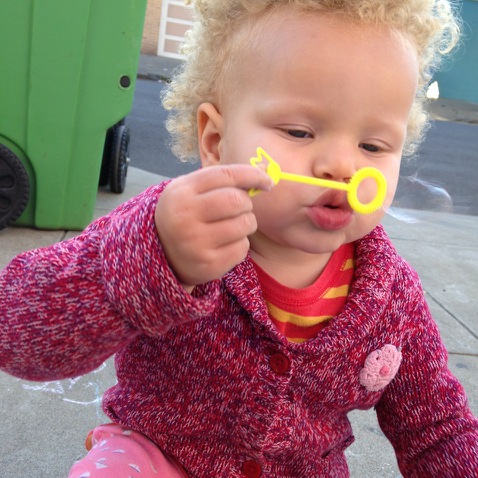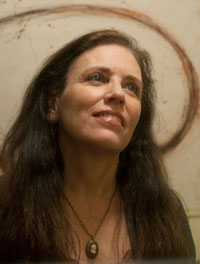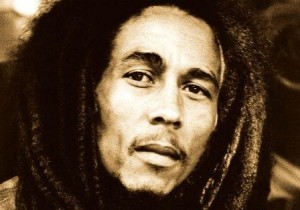
“Are you raising me white?”
“I don’t think so.”
“So you’re raising me mixed?”
I have two mixed-race daughters. My teen daughter and I had the above exchange as we drove to her SAT. It came right after my sage advice to use either ‘bruh’ or ‘blood’, depending on who she was talking to, in the event of a race war. (Always know who you’re dealing with.)
This wasn’t a situation where someone was asking me or my wife if either of us is the birth parent of our toddler. It had nothing to do with someone trying to figure out our daughters’ racial heritage. There were no skin tone comparisons, or earnest inquiries, or attempts to touch hair.
What does it mean to raise a child to be mixed-race? Is there a mixed-race culture?
The teen daughter in question is fond of music. Her favorite genre is pop-punk, whose musicians are predominantly white. Although she’s familiar with contemporary hip hop and can quote lyrics like nobody’s business (or is it bidness?), there are no black hip hop artists on her smartphone. Does this make her mixed-race? Would having music by black artists allow her to play a race card?
Her meals run the gamut from organic and vegan to cheap and processed. Does this make her mixed-race?
She can dance. Does this make her mixed-race?
She has self-proclaimed “hair issues”. But doesn’t that cross racial lines? (Doesn’t it?)
She can switch from a “white” accent to a “black” one. Is this the defining factor?
Most importantly, how has parenting contributed to any and all of the above? Was it early exposure to The Beatles? Did slipping in The Roots shake things up? Was it the hip hop dance classes?
I have no idea. I know she’s aware of the predominance of white women and girls in books and media. Her friends are diverse. The first report she ever wrote for school was on Ruby Bridges. She doesn’t currently identify so much with her Asian heritage, although she wants to someday visit Japan. (She’s not part-Japanese.) We have a blended family that includes black, white, Native American, and Filipino.
Perhaps I have indeed raised a mixed-race child. How has this manifested? My daughter is smart, sensitive, hilarious, and culturally attuned. She can interact with people of all races, ethnicities, creeds, and backgrounds. She even knows how to combat hair issues.
We haven’t laminated the race card, but we’re working on it.


